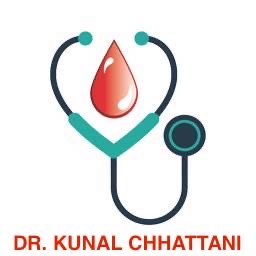+918042781346
Recently updated about

This is your website preview.
Currently it only shows your basic business info. Start adding relevant business details such as description, images and products or services to gain your customers attention by using Boost 360 android app / iOS App / web portal.
Description
Pancytopenia is a medical condition characterized by a deficiency of all three major blood cell types: Red blood cells (RBCs) → Leads to anemia (fatigue, weakness, pallor). White blood cells (WBCs) → Increases infection risk (neutropenia). Platelets → Causes thrombocytopenia (easy bruising, bleeding). It occurs due to bone marrow failure, destruction of blood cells, or other underlying disorders. Causes of Pancytopenia 1. Bone Marrow Disorders (Most Common) Aplastic anemia (immune-mediated destruction of marrow stem cells). Myelodysplastic syndromes (MDS) (abnormal blood cell production). Leukemia or lymphoma (cancerous crowding of bone marrow). Myelofibrosis (scarring of bone marrow). 2. Nutritional Deficiencies Severe vitamin B12 or folate deficiency (affects cell production). Iron deficiency (chronic cases). 3. Infections Parvovirus B19, HIV, Hepatitis, TB, Sepsis. 4. Autoimmune Diseases Systemic lupus erythematosus (SLE). Rheumatoid arthritis. 5. Medications & Toxins Chemotherapy/radiation therapy. Certain antibiotics, antivirals, or anticonvulsants. Benzene exposure, heavy metals (arsenic, lead). 6. Other Causes Hypersplenism (spleen overactivity destroying blood cells). Paroxysmal nocturnal hemoglobinuria (PNH) (rare genetic disorder). Symptoms Fatigue, weakness (due to anemia). Frequent infections (from low WBCs). Easy bruising, bleeding gums, nosebleeds (low platelets). Pale skin, shortness of breath. Enlarged spleen (splenomegaly) in some cases. Diagnosis Complete Blood Count (CBC) – Confirms low RBCs, WBCs, and platelets. Peripheral Blood Smear – Checks abnormal cell shapes. Bone Marrow Biopsy – Identifies marrow failure, cancer, or fibrosis. Additional Tests: Vitamin B12/folate levels. Viral serology (HIV, Hepatitis, Parvovirus). Autoimmune markers (ANA, rheumatoid factor). Genetic testing (for MDS, PNH, Fanconi anemia). Treatment Options 1. Treat Underlying Cause Aplastic anemia → Immunosuppressants (ATG, cyclosporine) or bone marrow transplant. MDS/Leukemia → Chemotherapy, targeted therapy, stem cell transplant. Nutritional deficiency → B12/folate/iron supplements. Infections → Antivirals, antibiotics. 2. Supportive Care Blood transfusions (RBCs, platelets). Growth factors (Erythropoietin for anemia, G-CSF for neutropenia). Antibiotics/antifungals (for infection prevention). 3. Splenectomy If hypersplenism is the cause.

